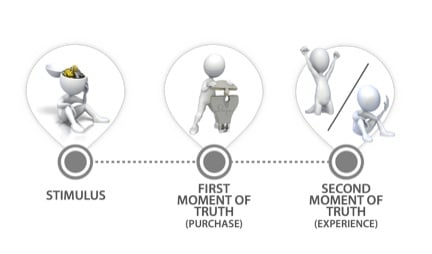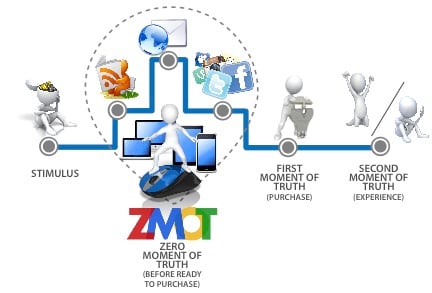Winning the ZMOT in the MFH Industry
by Donald Davidoff | Jul 15, 2014 12:00:00 AM
Stop for a moment and think about the last time you made a major purchase. Now, think back 10 – 15 years and compare how you researched, analyzed and ultimately made your decision then to your most recent decision.
Chances are your approaches were materially different. If you’re like the vast majority of consumers, your recent purchase was highly influenced by time you spent online. Maybe you read some articles online, downloaded a buyer’s guide, visited a review site or utilized social media to gauge the experience or knowledge of others.
If you did, you’ve participated in the biggest changes in marketing since the development of modern consumer branding techniques. The Zero Moment of Truth (ZMOT) represents the time one spends in self-discovery during a purchasing process.
Ten years ago, when a consumer would be exposed to a stimulus or realized a need they would seek out vendors (salespeople) to assess their needs, learn about alternatives and get support in making the decision. This “First Moment of Truth” placed tremendous importance on the sales function.

In those days, marketing’s job was to create the stimulus and that was about it. So advertising to highlight products, creating direct mail pieces for awareness, managing trade shows and the like were the focal point. After that, it was sales’ job to take care of the rest.

Today, most of the primary job that consumers used to rely on salespeople for is done online. This means that if your website is still a static set of pages focused on your products (vendors) or communities (operators), you’re losing the sale before it even starts.
The net result of the ZMOT on sales and marketing efforts is the exponential increase in the importance of the marketing function. Today, marketing needs to be viewed through the prism of sales, as the sale is often won (and equally or more often lost) in the ZMOT.
Current marketing functions such as creating awareness, managing events, ads, etc are still important. Added to that, with an even greater degree of importance, are things like content creation, managing engagement and lead nurturing.
Consider these findings:
- According to a study done by Google and Shopper Science, the number of content sources reviewed by a potential buyer before being ready to engage in a buying process doubled from 5.2 in 2010 to 10.4 in 2011. (Just imagine what it is in 2014.)
- According to Google’s study, an online search has now equaled or eclipsed advice from friends, family or colleagues in the purchase process.
- According to Forrester Research, the first thing 80% of people do when they confront a problem or have a question is to go online and search for an answer. (This, by the way, applies to all age demographics.)
- 70% of customers prefer getting to know a company via articles (not ads) (source: Content Plus)
- Companies with 30+ landing pages generate 7 times more leads than those with 5 or fewer; and those with 40+ produce 12 times more leads (source: HubSpot).
- Leads who are nurtured with targeted content produce a 20% increase in sales opportunities (source: DemandGen).
- Companies that excel at lead nurturing generate 50% more sales-ready leads at a 33% lower cost.
As you develop your marketing and sales strategy, understand that the critical points of influence are shifting and as a result you need to adjust your approach and processes to align with this shift.